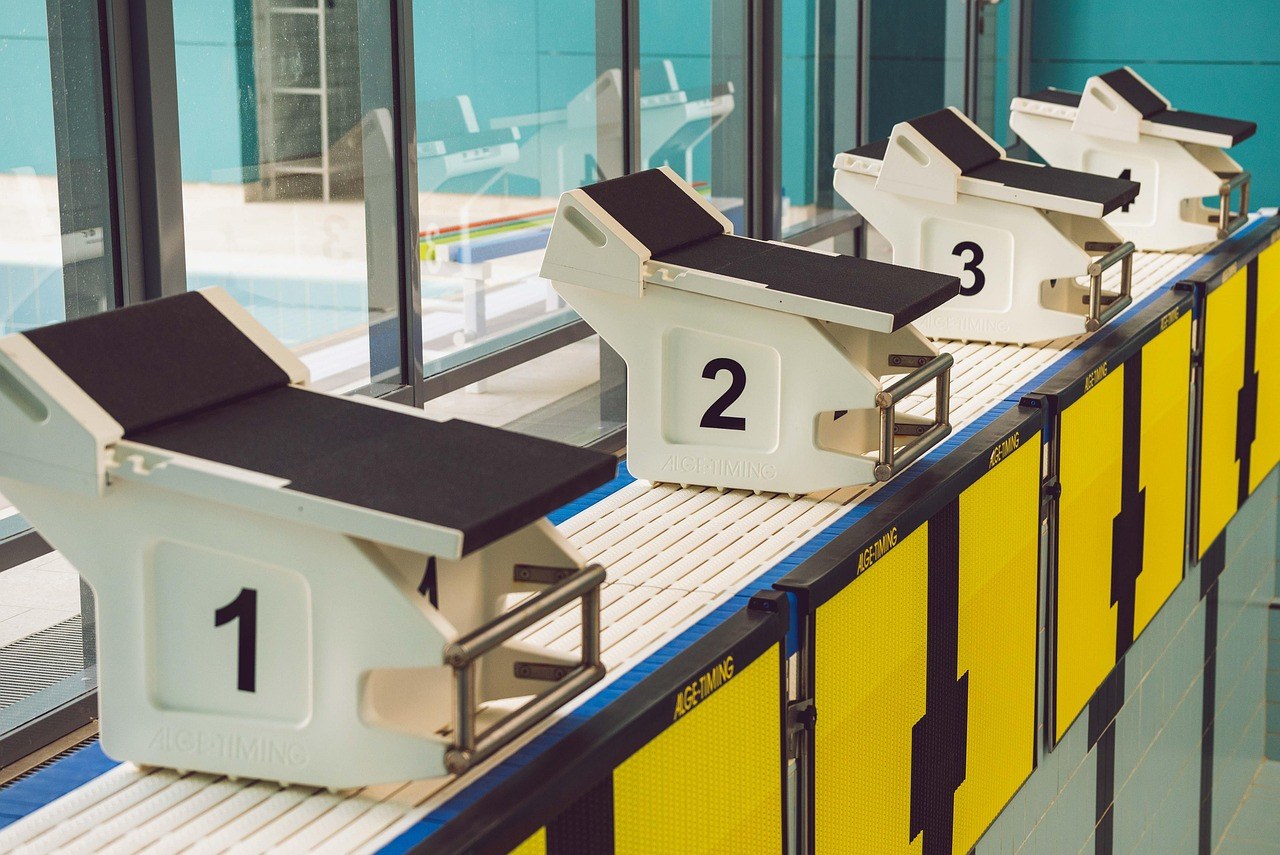New relationships can feel effortless – chemistry crackles, touches linger, and everything seems to fall into place. Then reality taps your shoulder. Desire rises at different times, preferences diverge, and the easy rhythm you expected turns awkward. That discomfort doesn’t mean anyone is “bad in bed”; it usually means you’re figuring out sexual compatibility. Understanding sexual compatibility – what it is, why it matters, and how to strengthen it – helps couples move from confusion to clarity and, ideally, back to pleasure.
What sexual compatibility really means
There are many kinds of alignment in love: values, communication, life goals. Sexual compatibility sits beside them, shaping intimacy and satisfaction. At heart, sexual compatibility is the degree to which two people’s expectations, preferences, comfort levels, and bodies fit together in a way that makes sex feel mutually rewarding. It’s not a moral scorecard and it’s not a fixed trait – it’s a living part of the relationship that can grow as partners talk, experiment, and adjust. When sexual compatibility is present, sex tends to feel natural and emotionally safe, even when it’s playful or adventurous. When sexual compatibility is limited, people may still care deeply for one another yet feel strangely out of sync in bed.
Think of it like pairing a song with a dance – the same melody can inspire a waltz or a freestyle jam. Neither is wrong; they simply match different instincts. Naming sexual compatibility gives you a language for noticing patterns and deciding what to try next.

Positive markers that you’re a strong match
Below are signs that point toward a healthy degree of sexual compatibility. You don’t need every single one; intimacy ebbs and flows. The more that resonate, the more likely it is that your sexual compatibility is helping the rest of the relationship thrive.
Aligned expectations about sex. You share a comparable sense of how often sex happens, what “initiating” looks like, and how you handle dry spells. When expectations match, sexual compatibility shows up as less pressure and more ease.
Preference overlap. Whether you both enjoy tried-and-true positions or you both like to explore kink, there’s a shared lane. Curiosity is welcome, boundaries are respected, and sexual compatibility grows because you like many of the same flavors.

Clear, low-drama communication. You can say “slower,” “there,” or “let’s try this,” and your partner hears the invitation rather than a critique. That responsiveness is the heartbeat of sexual compatibility.
Mutual generosity. Pleasure flows both ways. If one of you takes longer to climax, the other stays engaged instead of impatient. The give-and-receive dynamic deepens sexual compatibility over time.
Shared sense of importance. You each value sex similarly – not identically, but close enough that planning, foreplay, and aftercare feel worth the effort. When you both prioritize intimacy, sexual compatibility feels sturdier.

Comfortable physical fit. Bodies vary. When your shapes and sizes meet without chronic discomfort, adjustments feel playful rather than exhausting. Physical ease can make sexual compatibility feel almost effortless.
Low performance anxiety. You’re not grading each other. Orgasms are welcomed – not weaponized. That relief from scorekeeping supports sexual compatibility because connection matters more than metrics.
Constructive compromise. You may not match on every desire, but you creatively meet in the middle – a lighter version of impact play, a slower pace with the toy, a different kind of fantasy. Flexibility fertilizes sexual compatibility.
Agreement on exclusivity. Monogamous, open, or somewhere in between – you align on the structure and the vocabulary. Clear agreements keep trust high, which strengthens sexual compatibility.
Low interest in alternatives. If you’ve chosen exclusivity, you’re satisfied enough that you’re not daydreaming about other partners. Contentment of this sort often means sexual compatibility is in a good place.
Connection beyond the bedroom. You enjoy each other’s company after the clothes are back on. Emotional intimacy supports sexual compatibility – you feel safe to be playful, silly, or vulnerable.
Optimistic mindset. You tend to believe you can be great lovers together, so you act like it – with patience and curiosity. That confidence is a subtle engine of sexual compatibility.
Effortless momentum. Foreplay unfolds organically, positions flow without painful contortions, and small missteps become in-jokes. When sex feels as natural as breathing, sexual compatibility is doing its quiet work.
Synced kissing style. The way you kiss – pace, pressure, tongue, breath – fits. This tiny harmony often foreshadows broader sexual compatibility.
Private signals land. A glance, a touch on the knee, a playful whisper after dinner – your cues are understood. That shared language is a practical sign of sexual compatibility.
Signs you may be out of sync
If these resonate more than the list above, your sexual compatibility may need attention. None of the following makes anyone the villain – they’re indicators that styles aren’t meshing yet.
Disparate desire. One of you is ready most nights while the other is ready a few times a month. Without negotiation, that gap erodes sexual compatibility and fuels resentment.
Aversion to a partner’s go-to preferences. If their favorite activities feel unappealing or non-negotiably off-limits for you, sexual compatibility is likely strained.
Habitual avoidance. You find reasons to sidestep sex – too busy, too tired, too stressed – even when there could be space for intimacy. Chronic sidestepping usually signals thin sexual compatibility.
Minimal interest in physical intimacy. If sex feels optional or like a chore to one partner, the mismatch in importance drains sexual compatibility.
Visual turn-off. You’re not aroused by your partner’s naked body and struggle to name anything that does work for you with them. That matters because attraction feeds sexual compatibility.
Positions are uncomfortable. If most encounters leave you sore or frustrated, the physical fit needs re-imagining. Persistent discomfort undermines sexual compatibility.
Mind drifting to past lovers. Frequent comparisons to earlier partners can be a clue that sexual compatibility here hasn’t taken root.
Awkwardness around sexual content. A casual movie love scene makes the room tense. If it consistently spikes anxiety, sexual compatibility might be shaky.
Talking without change. You’ve had many conversations but the experience hasn’t shifted. Communication should invite small experiments; stalled action hints at weak sexual compatibility.
Misaligned rhythm. Timing, tempo, and touch never quite sync. Even with goodwill, the groove eludes you – a common drag on sexual compatibility.
Kisses don’t click. Technique seems fine on paper but the spark is missing. That absence often mirrors broader sexual compatibility issues.
Post-sex awkwardness. Afterward, silence feels heavy instead of content. If “that was amazing” rarely crosses your mind, sexual compatibility may be thin.
Elusive orgasm. You climax alone but struggle consistently together. That gap doesn’t prove anything by itself, yet persistent difficulty can point to weak sexual compatibility.
Different valuations of sex. One partner treats sex as central; the other treats it as peripheral. Without a bridge, the mismatch wears down sexual compatibility.
Dislike of proposed activities. If you recoil from what your partner wants to try and can’t locate a lighter version you’d accept, sexual compatibility is likely low.
Shame or embarrassment. Sex feels icky or juvenile. If that’s you or your partner, it’s worth exploring gently – shame can cloud sexual compatibility until it’s addressed.
Attraction faded. You still love your partner yet don’t feel drawn to them physically. That shift complicates sexual compatibility and calls for honest reflection.
Needing other fantasies every time. Everyone daydreams occasionally, but if you require a mental stand-in for every encounter, the current sexual compatibility likely needs repair.
Going along to get along. You say yes to acts that leave you cold, worried refusal will disappoint. Consent blurred by fear erodes trust and sexual compatibility.
How to strengthen the bond when you’re misaligned
Incompatibility isn’t a life sentence – it’s a signal. Treat it as information and you can rebuild sexual compatibility with curiosity and patience.
Start with self-knowledge. Map your turn-ons, turn-offs, and hard boundaries. When you know your landscape, you can advocate clearly – a cornerstone of sexual compatibility.
Drop the blame. Pointing fingers shuts doors. Assume good intent and share responsibility for change – the tone alone can thaw sexual compatibility.
Speak up, then test small changes. Talk about desires and worries, then try a tiny experiment: a different time of day, slower pacing, a new script for initiating. Iteration is how sexual compatibility evolves.
Invite professional support. A counselor or sex therapist can help you translate needs, renegotiate expectations, and co-design experiments – practical boosts to sexual compatibility.
Reframe the narrative. Replace “this should be automatic” with “this is a skill we can grow.” That mindset reduces pressure and nurtures sexual compatibility.
Practice fair compromise. Meet in the middle on frequency and flavor. Maybe the lower-desire partner tries planned intimacy nights, while the higher-desire partner offers more nonsexual affection. Balanced effort deepens sexual compatibility.
Consider watching erotica together. For some couples, viewing sexual scenarios can spark ideas and shared language. If it’s comfortable for both, that shared curiosity may support sexual compatibility.
Discuss relationship structure. If sustained effort doesn’t shift things and both of you are willing, ethical nonmonogamy may be a topic – approached carefully, with agreements that protect emotional safety and, paradoxically, stabilize sexual compatibility inside the partnership.
Know when to release the relationship. Sometimes, despite care and work, you want different sexual lives. Accepting that truth and parting kindly may be the healthiest outcome when sexual compatibility cannot be built.
Questions to consider together
Use these prompts to pinpoint where sexual compatibility is strong and where it’s strained.
How wide is the gap? Wanting sex daily versus yearly is a canyon; weekly versus a few times a week is a hill. The size of the difference shapes the path back to sexual compatibility.
How flexible can each of us be? What are your firm boundaries, and where are you open to gentle stretching? Realistic flexibility makes sexual compatibility more attainable.
How much effort are we willing to invest? Change asks for energy – from initiating more often to trying a new toy or a new routine. Commitment to practice is what turns intention into sexual compatibility.
Can a relationship “work” without sexual compatibility?
It depends on your definition of “work.” Two people can remain together for years – sharing bills, raising kids, supporting careers – while feeling quietly unhappy about their intimate life. If success means genuine fulfillment, then a relationship will strain under a persistent absence of sexual compatibility. The physical connection isn’t the only pillar of romance, yet it’s a critical one: it sets the relationship apart from friendship and nourishes bonding hormones, affection, and playfulness. Without sexual compatibility, partners often end up negotiating around resentment, pressure, or loneliness.
That said, sexual compatibility can change across seasons. Stress, health shifts, parenting, and grief all shape desire. Couples who acknowledge those forces and keep experimenting – lovingly, without rushing – give sexual compatibility space to return. What matters most is sustained, mutual effort rather than quick fixes. Some pairs discover a new groove and feel closer than before. Others decide, compassionately, that their visions of intimacy differ too much, and they transition out of the relationship with care.
Wherever you are on that spectrum, naming what you notice is the first step. Describe what feels good, what doesn’t, and what you’re curious about. Invite your partner to do the same. Celebrate the small wins – a better kiss, a clearer “yes,” a shared laugh after a fumbled move. Those tiny moments, repeated, are how sexual compatibility is built – not through perfection, but through presence.
If, after honest conversation and repeated experiments, you still feel stuck, remind yourselves that nothing is wrong with either of you – your experiences and histories are simply different. With empathy, boundaries, and creativity, many couples find their way back to connection. And if you ultimately can’t, letting go can be an act of respect rather than defeat. The goal isn’t to force sexual compatibility at all costs – it’s to create a relationship where both of you feel wanted, safe, and fully yourselves.